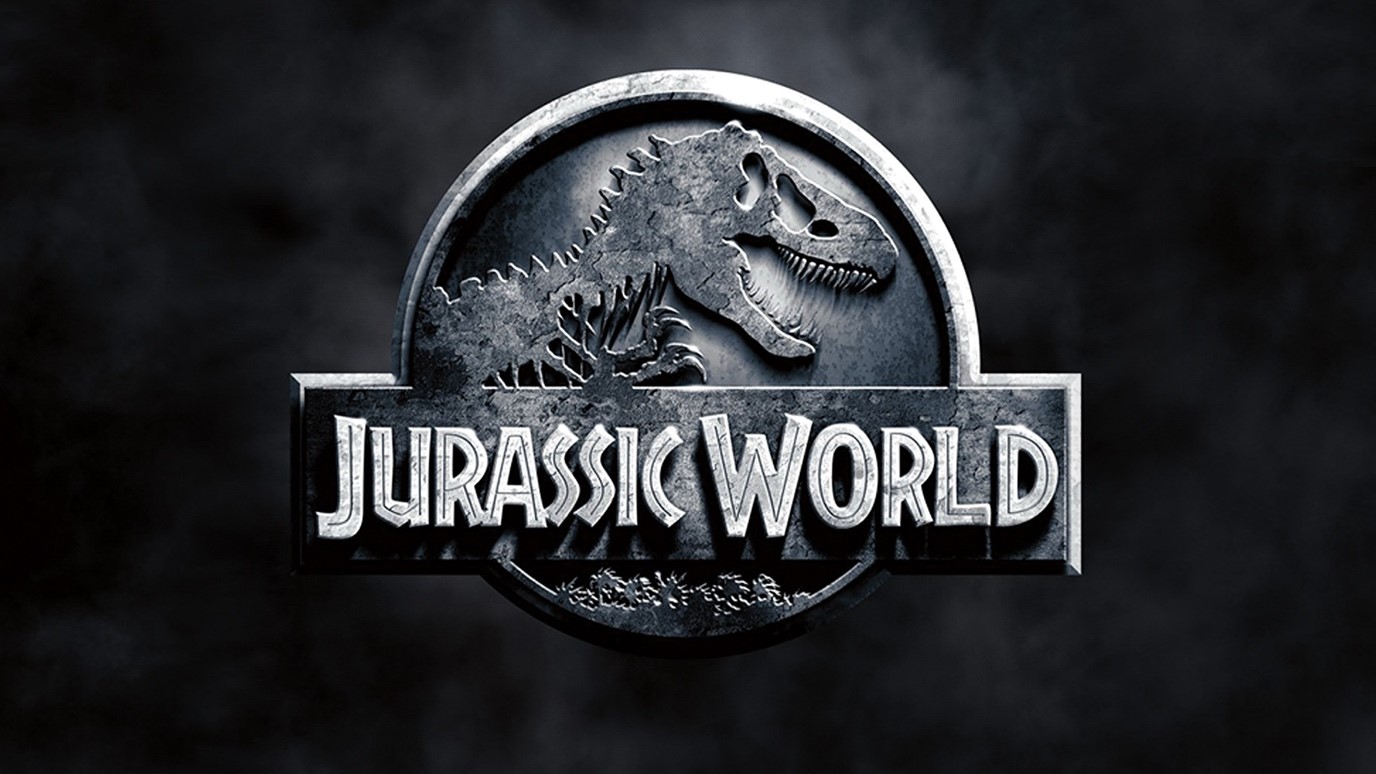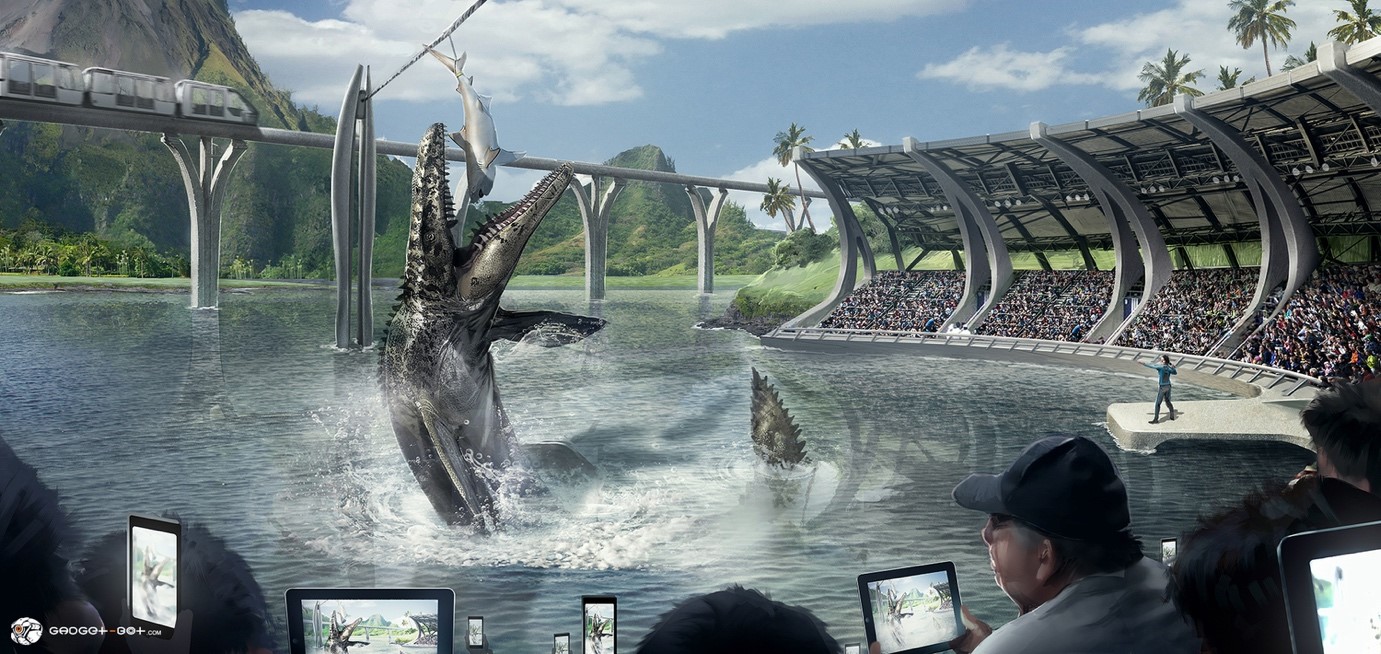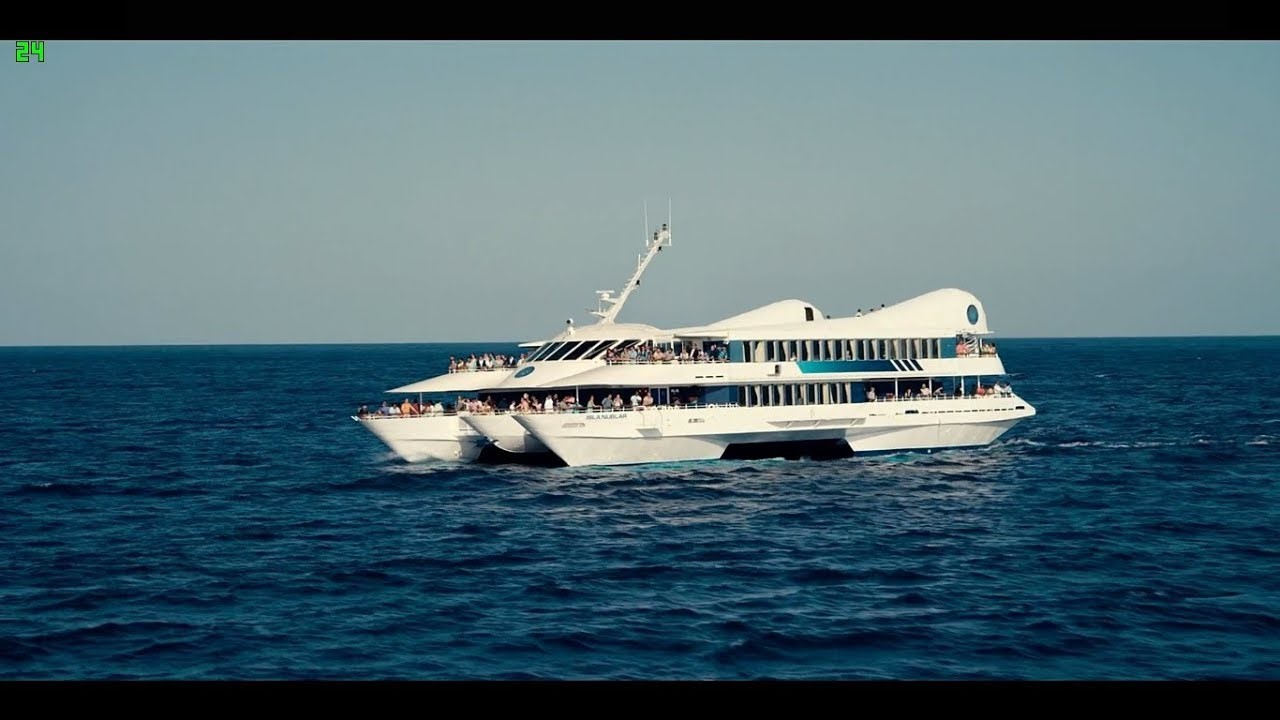

Since Michael Crichton wrote the novel Jurassic Park back in 1990, Hollywood has had dollar signs in its eyes. The original novel was using the idea of genetically designed dinosaurs to illustrate some intriguing scientific ideas – not just genetics, but chaos theory and how it relates to the real world. Well, as real as rampaging genetically designed monsters gets, anyway. Such was the excitement for the movie this might make, 4 studios were in a bidding war – before the novel was even published. Spielberg acquired the rights for $1.5 million, and Crichton’s luck didn’t stop there – they hired him to adapt the novel to screen as well. Spielberg invested in cgi combined with animatronics to make the dinosaurs as real as possible, and also invested in a fledgling surround sound company called DTS – to create the surround sound he needed to add a sense of reality to the film. Of course, in 1993 when it was released it was a smash hit, and two more sequels followed, in 1997 and 2001.

Jurassic Park: The Lost World was only loosely based on Crichton’s own sequel. Darker than the original, it was not as well received, but still made a staggering amount of money at the box office. The third movie was not based on a Crichton novel at all, and no longer had Spielberg at the helm, though he exec-produced and had his protégé and ILM veteran, Joe Johnston, in the director’s chair instead. Still a huge success, it made $368 million worldwide, as opposed to over a $billion, and $618 million for 1 and 2 respectively. A sequel was no longer a sure thing, and the franchise went dormant. Work on the next in the series did start straight away but entered a period of numerous script revisions. It was not until after several director’s had briefly toyed with the director’s seat, Colin Trevorrow was brought on board who worked with the screenwriters to develop the final script. His was a surprise hiring, being known only for an indie film called ‘Safety Not Guaranteed’ (2012), but clearly it has worked out well for him since he will now direct the Star Wars Episode X movie in 2019.

Colin Trevorrow, Director of Jurassic World
Thematically, the movie has ditched the original franchise themes of telling stories as a window into scientific ideas, and now explores ideas of greed and desire for profit, a consumerist tendency in society which wants more, bigger, better and the dangers associated with that. Somewhat ironic for a Hollywood movie, but there you go.. Trevorrow even insisted on product placement as a way to satirize the corporatization of popular entertainment.
Some have also suggested there are themes of the damaging nature of isolationism, given that the primary monster, Indominus rex, functions the way he does partly for being brought up with no siblings. Compare this to the raptors, which although not exactly tamed, are working together and play an altogether role in this move than they did in the originals. The central plot device was one suggested by Spielberg – that a park was now up and fully functioning.
The producers shied away from using the word reboot, but clearly with no characters from the originals and a time lapse of 22 years, there was an intention to set a new path, with the potential for new sequels of course…

Bryce Dallas-Howard was cast as the female lead, and Josh Brolin originally was in talks as the male lead – though he later dropped out, and his role was filled out with Chris Pratt, hot off of Guardians of the Galaxy. The only returning character in the franchise was BD Wong playing Dr Henry Wu. The movie was shot on film stock rather than digital, to fit better with the aesthetic of the previous movies, as well as allowing greater dynamic range of light required for the darker jungle scenes. Additionally, an unusual screen ratio of 2.00:1 was used – this was considered optimal for including both human and dinosaurs in shot, and perhaps the cynical in us might note that it also more closely fits the ratio of an IMAX screen than the other leading industry ratios of 1.85:1 and 2.35:1.
Shooting itself took place in Hawaii, providing continuity of look to the previous movies, and also at an abandoned theme park in New Orleans, where the main street of the Jurassic park was created. The airport in New Orleans was also used. Many nods to the originals, particularly the first Jurassic Park, were incorporated – not just in the music but in visual cues too, such as references to shots – the helicopter flying in to the island and the view in the mirror of the car. Another example - there is a statue of the character John Hammond, the founder of the InGen genetic company and Jurassic Park. Colin Trevorrow explained this is to specifically honor Sir Richard Attenborough who played the role in Jurassic Park (1993) & The Lost World: Jurassic Park (1997). Attenborough had spoken in the past of possibly making another appearance in the franchise but his health was declining, and he passed away on 24th August, 2014.

When the movie was released (and you have to think of the genius of the guy who thought of doing the world premiere at a cinema called the Grand Rex..) it was a runaway hit. In North America, it became Universal Studios highest grossing film, and the fastest film to reach $1 billion worldwide. It received mixed praise from critics – direction and score and to some extent acting drew plaudits, though the story itself and the script were considered the weaker elements. The scientific community were vocal in their disappointment, that unlike its predecessors, this movie did not use the most up to date science of the time, and failed to include ideas such as the modern interpretation of dinosaurs as winged feathered creatures. To be fair, audience research had shown audiences had no interest in showing ‘accurate’ dinosaurs with obvious feathers, and were more interested in seeing dinosaurs as they had come to know them already in the franchise. The director retorted somewhat drily, pointing out that the movie was a science fiction thriller, and not a documentary.
A sequel, inevitably, was soon slated for 2018. So was this a worthy restart to the franchise?
A worthy nod to the original taking bold new direction? Or a tired retread with little new ideas?
Try watching it again, and make up your own mind!
© Stephen's Movie Guide
Inverurie Website Design